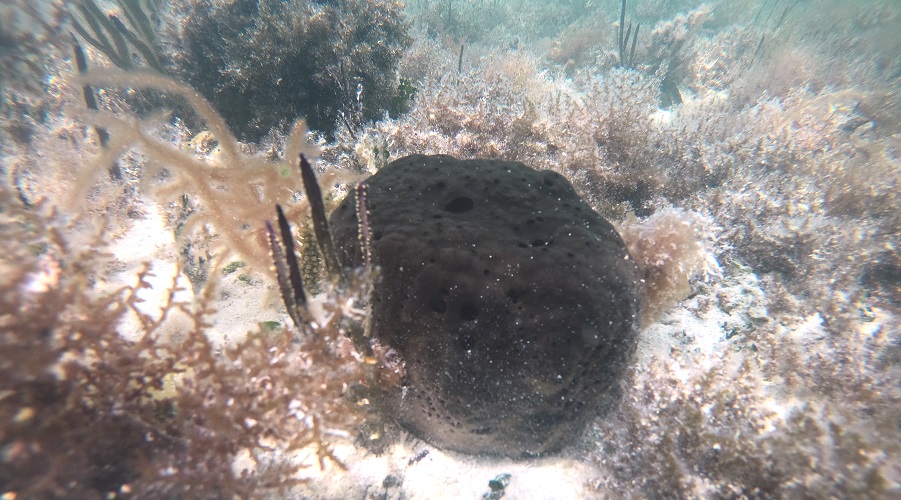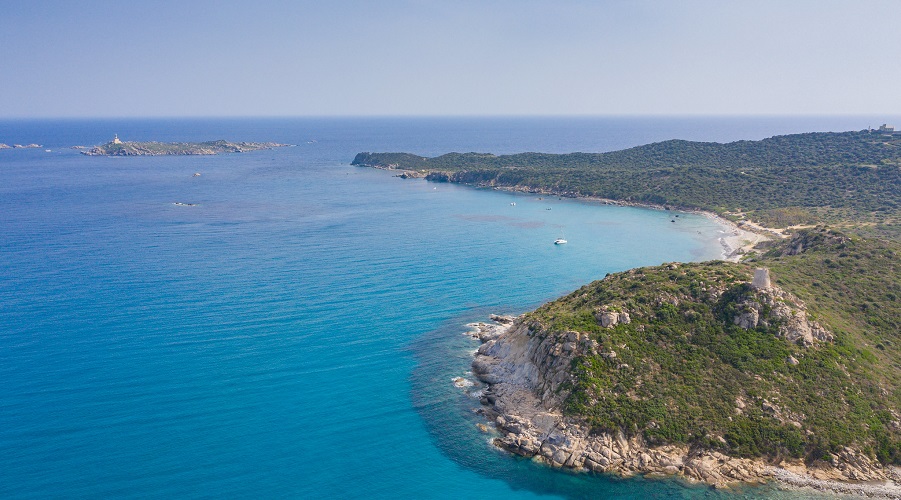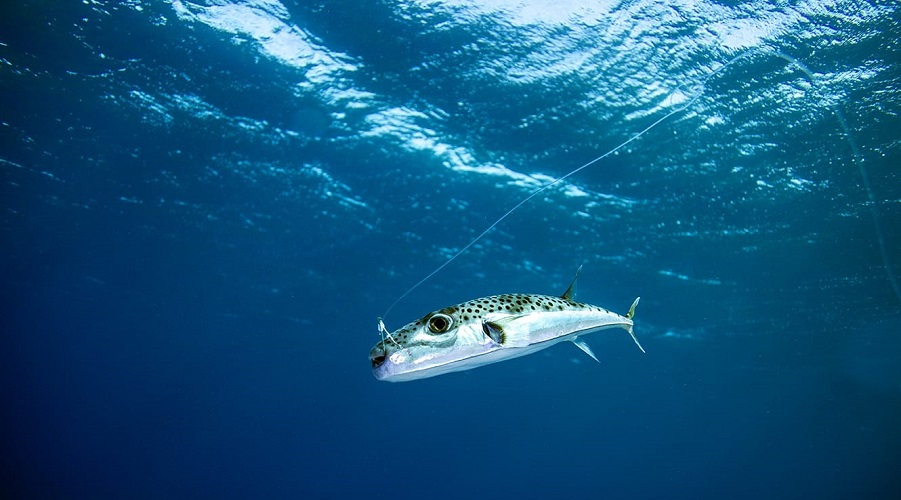
The inconspicuous sea sponges are Earth’s oldest multicellular animals and have filtered the oceans for nearly 900 million years, long before the first plants appeared on land. New research appearing in the journal Fisheries Bulletin, published by the National Oceanic and Atmospheric Administration, indicates that their growth depends on their oxygen supply in a manner similar to more complex animals such as fish.





